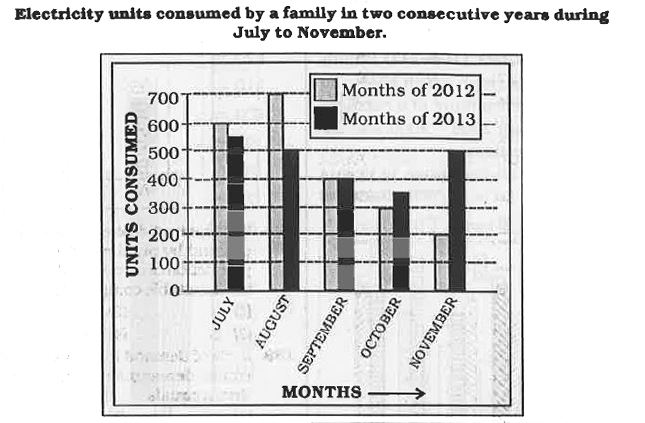Time lag between infection and apperence of AIDS Sysmptoms can be few months to______ years
2−3
5−10
>15
1−2
The correct Answer is:B
To answer the question regarding the time lag between infection and the appearance of AIDS symptoms, we can follow these steps:
1. Understanding AIDS:
- AIDS stands for Acquired Immunodeficiency Syndrome, which is caused by the Human Immunodeficiency Virus (HIV).
- It is important to note that AIDS is a viral disease that affects the immune system.
2. Transmission of HIV:
- HIV can be transmitted through sexual contact, from an infected mother to her child during breastfeeding, or through the sharing of infected syringes.
3. Symptoms Appearance:
- After a person is infected with HIV, there is a period during which the virus is present in the body but symptoms of AIDS do not appear immediately.
4. Time Lag:
- The time lag between the initial infection and the appearance of AIDS symptoms can vary.
- According to medical knowledge, this lag can be from a few months to several years.
5. Identifying the Correct Range:
- The options provided are:
- 2-3 years
- 5-10 years
- More than 15 years
- 1-2 years
- Based on the information, the correct time lag for the appearance of AIDS symptoms is typically between 5 to 10 years.
6. Conclusion:
- Therefore, the answer to the question is that the time lag between infection and the appearance of AIDS symptoms can be few months to 5-10 years.
Final Answer:
The time lag between infection and the appearance of AIDS symptoms can be few months to 5-10 years.
---
- AIDS stands for Acquired Immunodeficiency Syndrome, which is caused by the Human Immunodeficiency Virus (HIV).
- It is important to note that AIDS is a viral disease that affects the immune system.
- HIV can be transmitted through sexual contact, from an infected mother to her child during breastfeeding, or through the sharing of infected syringes.
- After a person is infected with HIV, there is a period during which the virus is present in the body but symptoms of AIDS do not appear immediately.
- The time lag between the initial infection and the appearance of AIDS symptoms can vary.
- According to medical knowledge, this lag can be from a few months to several years.
- The options provided are:
- 2-3 years
- 5-10 years
- More than 15 years
- 1-2 years
- Based on the information, the correct time lag for the appearance of AIDS symptoms is typically between 5 to 10 years.
- Therefore, the answer to the question is that the time lag between infection and the appearance of AIDS symptoms can be few months to 5-10 years.
The time lag between infection and the appearance of AIDS symptoms can be few months to 5-10 years.
Similar Questions
Knowledge Check
There is always a time lag between the infection and appearance of AIDS symptoms called as?
AIncubation period (5-10 months)BWindow period (5-10 months)CIncubation period (2-12 months)DIncubation period (5-10 yrs)The time gap between infection and its appearance is called
AResponse periodBIncubation periodCLatent periodDStimulation periodConsider the following four statements (a-d) about AIDS/ HIV and select the option which includes all the correct ones only.
a) Caracterised by decrease in number of killer T- cells
b) HIV virus has 2 identical molecule of ds RNAs
c) AIDS spread through touch, physical contact, hugging, kissing
d) There is always a time lag between the infection and appearance of AIDS symptoms.AStatements b & dBStatement a, b & dCStatements b onlyDStatement d only
Diplotene can lasts for months or years in -
View SolutionAssertion : There is not time lag between the incidence of light and emission of photoelectron.
Reason : By increasing intensity of incident radiation , the number of emitted electrons increases.
View SolutionThe Siberian crane comes to India every year in winter for a few months :
View SolutionStudy the following bar-diagram and answer the questions.

The maximum difference in the units consumption between these to years has been found in the month of
View SolutionA : There is almost no time-lag between the incidence of light and the emission of photoelectrons .
R : A photon transfer almost all its energy to a single electron in a metal .
View Solution
